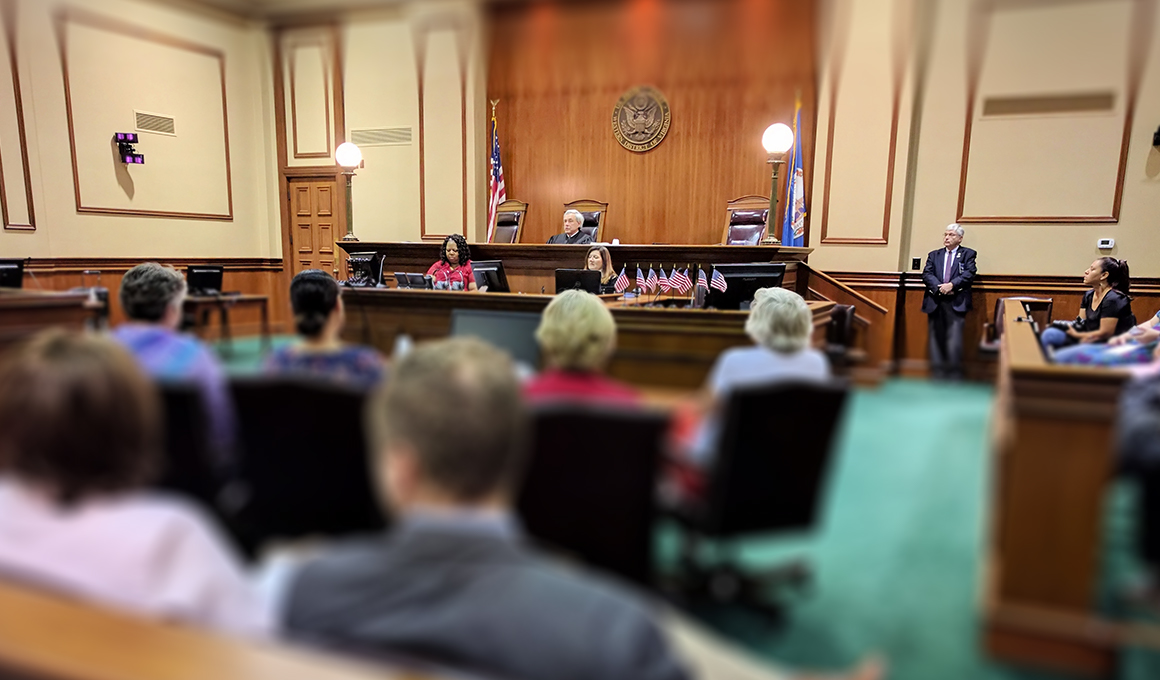How Trial Presentations Should Be Adapted to Your Audience for Maximum Effectiveness
How Trial Presentations Should Be Adapted to Your Audience for Maximum Effectiveness
Blog Article
Enhancing Your Legal Approach With Professional Trial Presentations
In today's legal landscape, the value of specialist trial presentations can not be overstated. As attorneys navigate the complexities of the court, the capability to properly share intricate arguments is critical. By transforming dense legal ideas into appealing narratives, professionals can boost juror understanding and retention. Integrating multimedia tools and storytelling techniques can create an engaging background that not just notifies however also resonates psychologically with jurors. The inquiry stays: what particular techniques can attorneys use to boost their discussions and eventually influence test end results?
Significance of Test Presentations
Trial discussions offer as a pivotal component in the legal process, effectively connecting the space between intricate lawful debates and juror understanding. The capability to distill intricate lawful concepts right into available narratives is vital for jurors, who need to make informed choices based upon the evidence presented. A well-crafted discussion not just clears up the instance however additionally enhances the persuasiveness of the debate, ultimately affecting the court's understanding.
In a period where attention spans are restricted, the significance of involving visuals and clear communication can not be overstated. Test discussions serve to catch jurors' passion and maintain their focus, permitting for a deeper understanding of the truths and lawful concerns at hand. Moreover, they provide a structured structure that arranges the instance, helping with sensible circulation and coherence.

Key Parts of Effective Presentations
An effective presentation in a courtroom setting joints on several key parts that jointly boost its effect. Attorneys should boil down complicated lawful debates into succinct, quickly absorbable factors to make certain jurors grasp the core issues.
Visual help play an important function also, as they can substantially reinforce key messages. Efficient use of exhibits, charts, and layouts can clear up elaborate details and emphasize necessary facts. Additionally, the speaker's distribution style is important; confident, interesting communication cultivates reputation and maintains jurors' interest.
Last but not least, recognizing the audience is vital. Customizing the presentation to the jurors' histories and values can promote a link that boosts receptiveness to the debate. In recap, clarity, narrative framework, visual help, delivery style, and audience recognition are important to crafting a reliable court presentation that reverberates with jurors and supports the overarching legal technique.
Modern Technology in Test Presentations
Modern courtrooms significantly integrate technology to improve trial discussions, building on the foundational aspects of effective communication developed through clear messaging and interesting stories. The unification of audio-visual help, such as high-def projectors and interactive displays, allows lawful teams to present proof in a more engaging manner. This modern technology not just captures the jury's focus but additionally facilitates a better understanding of intricate details.

Digital tools, including presentation software program and electronic exhibit management systems, improve the company and retrieval of evidence (trial presentations). Lawyers go to this site can quickly reference papers, pictures, and video clips, making certain that crucial details is readily obtainable throughout the trial. In addition, using computer animations and simulations can strongly show crucial concepts, making them simpler for jurors to understand
In addition, court technology promotes cooperation among lawful professionals, allowing real-time adjustments to discussions based on jury responses or unanticipated advancements. The capability to adapt on the fly is important in preserving interaction and enhancing arguments. As technology remains to evolve, its role in trial discussions will certainly expand, providing ingenious means to connect effectively and persuasively in the search of justice.
Storytelling Techniques for Effect
Efficient narration websites strategies are crucial in supplying impactful trial presentations, as they change complicated legal arguments right into relatable stories. A well-crafted tale mesmerizes the target market, making it less complicated for jurors to understand and remember essential points.
To produce an engaging story, lawyers must concentrate on establishing a clear structure with a start, middle, and end. The start must introduce the instance context and its relevance, while the middle elaborates on the core concerns, weaving forthcoming and witness testimonies that sustain the argument. Effectively, the ending should strengthen the intended message, driving home the wanted result.
Furthermore, including emotional aspects can significantly improve the story's impact. By humanizing the situation, lawyers can evoke empathy, permitting jurors to connect personally with the truths offered. Utilizing brilliant images and anecdotes can likewise assist in highlighting complex styles, making them extra tangible and unforgettable.

Tips for Application in Court
Applying storytelling methods in court requires cautious preparation and execution to ensure that the story resonates with jurors. Begin by determining the core message of your instance and aligning it with the emotional and accurate components that will engage the court. Create a clear and compelling narrative arc that consists of an introduction, an advancement of problem, and a resolution.
Utilize visual help to boost storytelling; exhibits, timelines, and multimedia discussions can aid illustrate complicated ideas and keep juror interest. Practice your shipment, making sure that body movement, tone, and pacing follow the emotional weight of your story.

Final Thought
In final thought, professional test discussions play a crucial duty in enhancing legal methods by properly interacting intricate debates to jurors. The integration of visual aids, clear narratives, and emotional storytelling promotes juror interaction and understanding.
Report this page